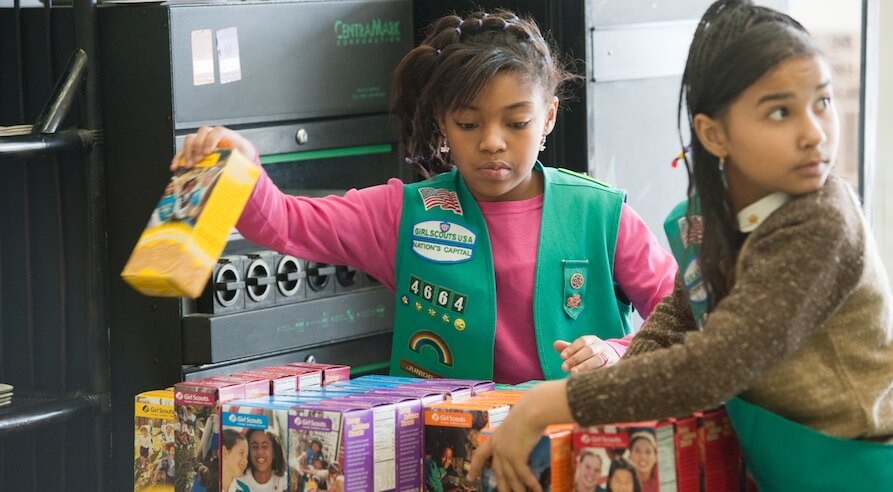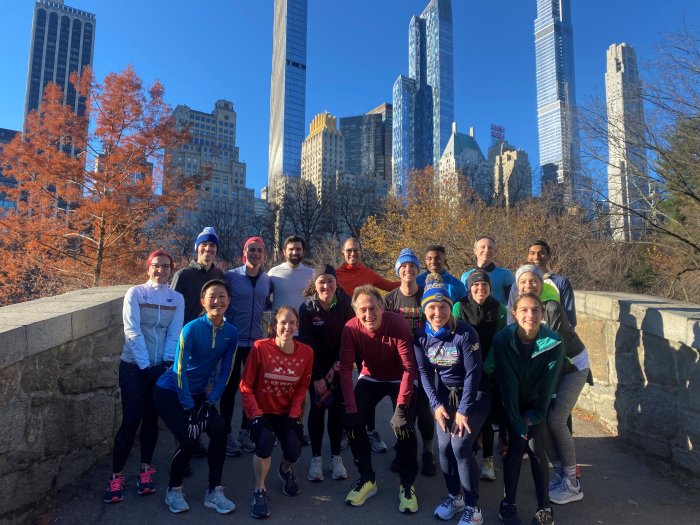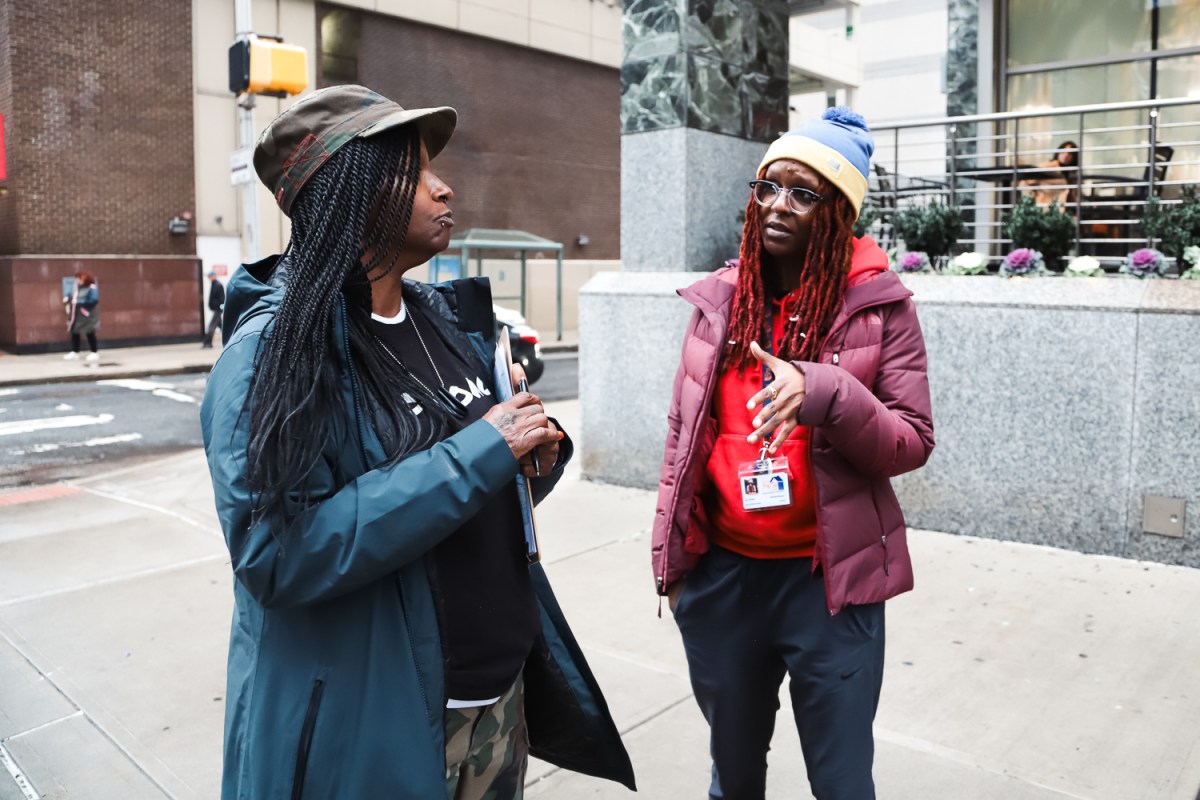As adults, we teach our children to avoid strangers and not let anyone touch them in their private areas. It’s absolutely an important lesson to learn, but then we turn around and tell — or force — these same children to give physical affection to family and friends, even if they don’t want to.
This sort of directive — like “give Aunt Shirley a hug!” — can be totally innocent, but advocates contend that it’s giving children the wrong idea about what they allow others to do to their bodies.
The Girl Scouts are now reminding us about this mixed message in a recent blog post, adding that no one is “owed” a hug — not family, not anyone.
“Think of it this way, telling your child that she owes someone a hug either just because she hasn’t seen this person in a while or because they gave her a gift can set the stage for her questioning whether she ‘owes’ another person any type of physical affection when they’ve bought her dinner or done something else seemingly nice for her later in life,” the Girl Scouts writes in in the post.
It’s an important thing to be aware of, especially with all the recent attention on sexual harassment and assault in Hollywood and beyond. Children aren’t too young to pick up on these cues, either.
“The notion of consent may seem very grown-up and like something that doesn’t pertain to children,” Girl Scouts’ developmental psychologist Dr. Andrea Bastiani Archibald told the blog. “[B]ut the lessons girls learn when they’re young about setting physical boundaries and expecting them to be respected last a lifetime, and can influence how she feels about herself and her body as she gets older.”
And teaching children about consent, boundaries, and choices can possibly help them make better decisions about what they will — and won’t — allow people to do.
“[W]e know that some adults prey on children, and teaching your daughter about consent early on can help her understand her rights, know when lines are being crossed, and when to go to you for help.”
The Girl Scouts adds that the upcoming holidays as an opportunity to teach your children that they can choose how to greet others, not the other way around.
Saying how much she’s missed someone or thank you with a smile, a high-five, or even an air kiss are all ways she can express herself, and it’s important that she knows she gets to choose which feels most comfortable to her.





















